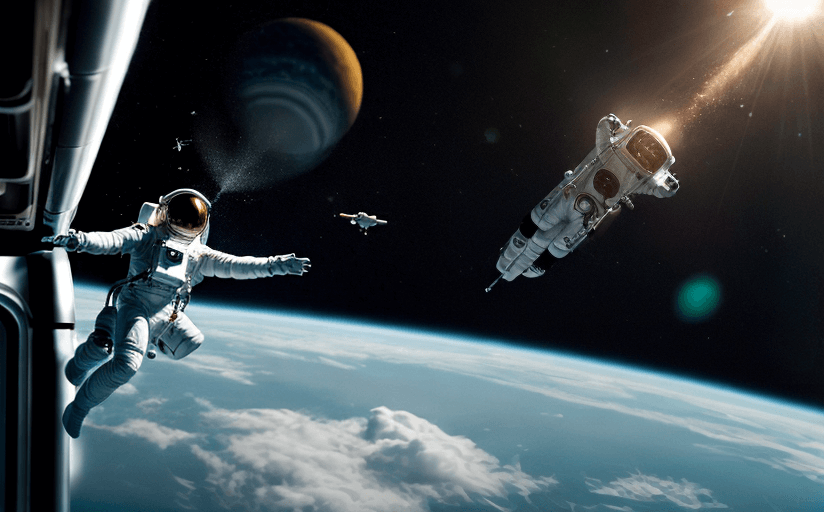Culinary Journey Through the Cosmos: The Impact of Space Travel on Food and Cooking Techniques
In the extreme environment of outer space, even ordinary tasks like eating and cooking bear unique challenges and complexities. For astronauts on long journeys, consuming food isn't merely a quest for sustenance, but it’s a scientific battlefield, filled with numerous adaptations and ingenious solutions. This article delves into the historic transformation, scientific paradigm, and future possibilities of culinary activities in space.
The Early Days of Space Food: A Matter of Paste and Powder
In the early days of space travel, during the likes of Mercury and Gemini programs, the focus was merely on providing astronauts with necessary nutrition. Consequently, the space food resembled nothing like our regular meals. Predominantly, it was dehydrated, ground into powder, or pasted into aluminum tubes - a far cry from your appetizing dinner table. The taste, texture, and visual appeal were sidelined, as the food in its most basic and functional form, took the stage.
Evolution of Space Food: Strapped Forks and Floating Tacos
Recognizing the importance of meals for astronauts' mental health, space food underwent a giant leap. The Apollo program introduced hot water, which enabled rehydration of freeze-dried food to somewhat resemble the earth-like meals. Shrimp cocktail and spaghetti became favorites among astronauts. However, eating them with strapped cutleries (to prevent them from floating away), inside the spacecraft with zero-gravity, brought its own set of challenges.
Cooking Techniques in Microgravity
The physics of baking or boiling works differently in space. Without gravity, heat doesn't rise; hence, hot air balloons used in conventional ovens wouldn't work. Scientists came up with the solution of radiation and convection-based systems. However, cooking is mostly avoided due to a higher risk of fires and spills in microgravity.
The Science of Smells and Tastes in Space
The taste buds too, are tricked in Space. Due to microgravity, fluids in the body, including blood, are evenly distributed. This means, astronauts tend to have puffy faces and a congested nose, making their food taste bland. The lack of gravity also prevents aromas from floating up to the nose, which significantly impacts the perception of flavors.
The Future: Greenhouses and 3D Printed Pizzas
The future of long-term space travel hinges on developing sustainable methods of food production aboard spacecraft. NASA's Vegetable Production System (VEGGIE) is a step in that direction. It is an experiment to grow lettuce and other crops in space, providing fresh produce for the crew. Meanwhile, 3D printing also promises to revolutionize space food by creating appetizing meals from various edible ingredients, potentially expanding the menu for astronauts.
Space food has come a long way from gelatin-coated cubes and aluminum tubes. As the realms of space travel continue to unravel, we can only anticipate a bright future for astronauts where they enjoy a diversity of meals, similar to what we relish on Earth.

















Comments
Leave a Comment